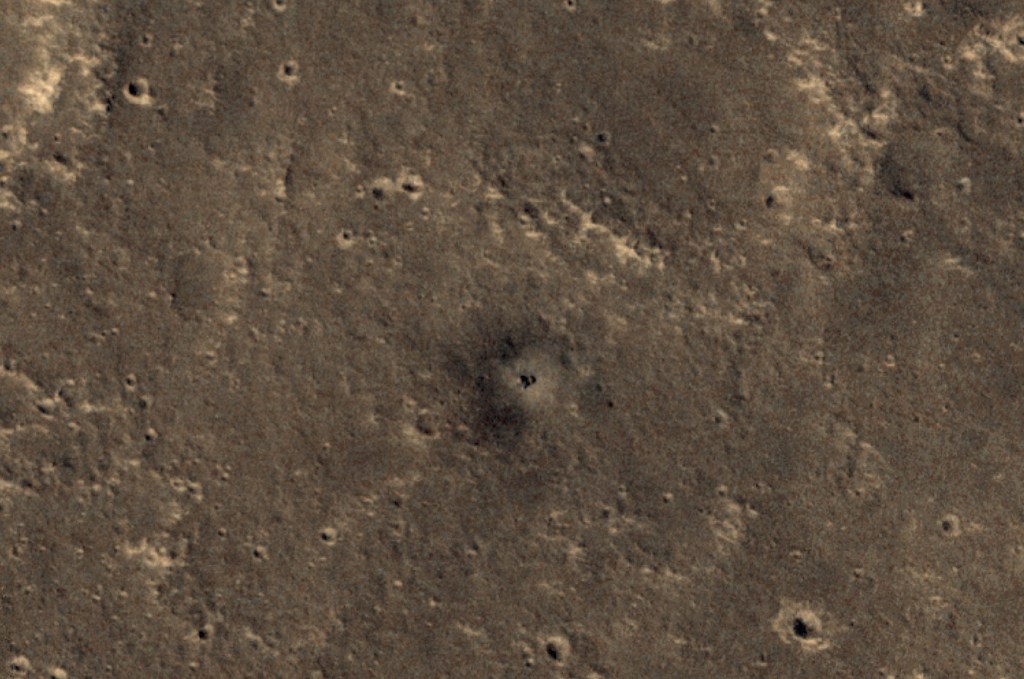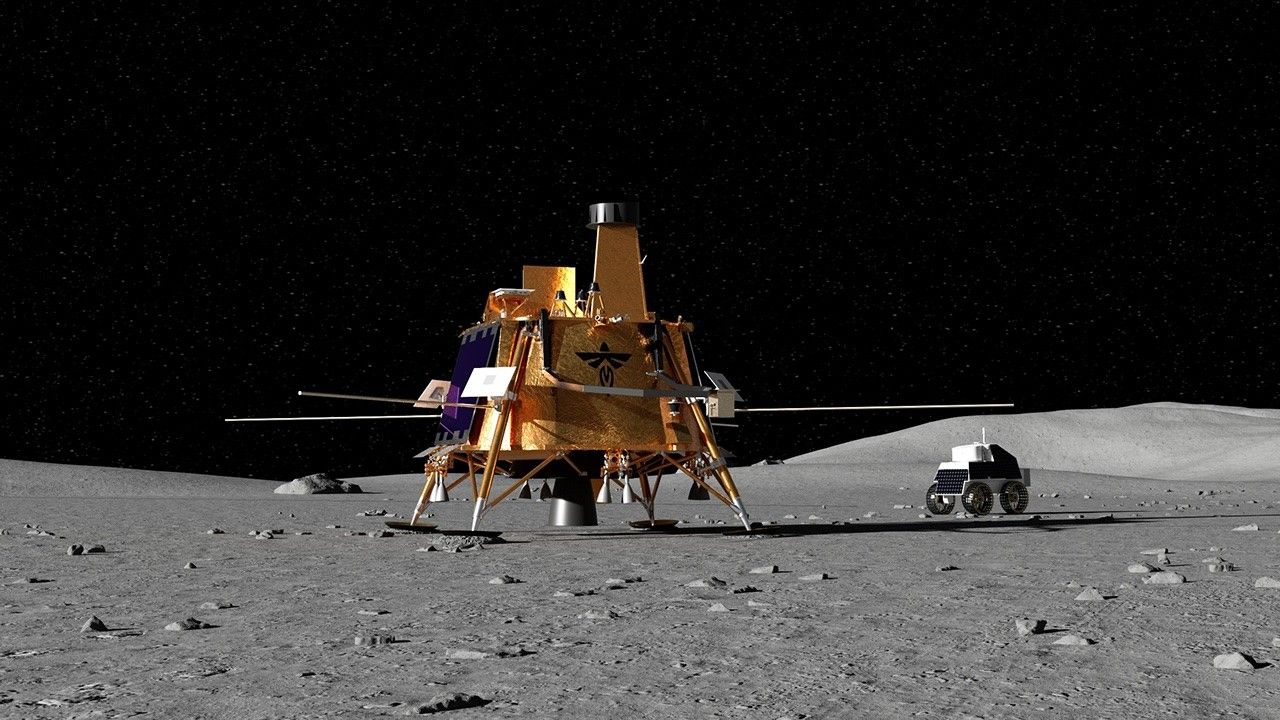You are staring at one of the unsolved mysteries on Mars. This surface texture of interconnected ridges and troughs, referred to as “brain terrain” is found throughout the mid-latitude regions of Mars. (This image is in Protonilus Mensae.)
This bizarrely textured terrain may be directly related to the water ice that lies beneath the surface. One hypothesis is that when the buried water ice sublimates (changes from a solid to a gas), it forms the troughs in the ice. The formation of these features might be an active process that is slowly occurring since HiRISE has yet to detect significant changes in these terrains.
The map is projected here at a scale of 25 centimeters (9.8 inches) per pixel. (The original image scale is 29.6 centimeters [11.7 inches] per pixel [with 1 x 1 binning] to 59.3 centimeters [23.3 inches] per pixel [with 2 x 2 binning].) North is up.
The University of Arizona, in Tucson, operates HiRISE, which was built by Ball Aerospace & Technologies Corp., in Boulder, Colorado. NASA’s Jet Propulsion Laboratory, a division of Caltech in Pasadena, California, manages the Mars Reconnaissance Orbiter Project for NASA’s Science Mission Directorate, Washington.
Image Credit: NASA/JPL-Caltech/University of Arizona






























